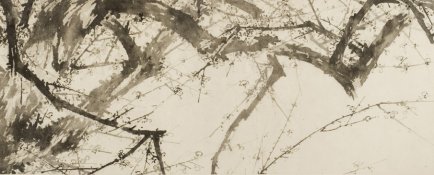Charles Webb said:
I believe Mr. White saw and knew exactly what he was placing on the film sheet. If he stumbled on to it, good for him. What is wrong with stumbling on to a photo opp.
Well, to me - this is what photography is. You are editing from the world around you, right? So - in one sense - picking one picture on the web amongst millions of others is a 'form' of photography (abeit a very contentious one, I'm sure!). But what if you had a very specific idea what you wanted to capture on a negative in the studio. And then, suddenly, by dint of 'happy accident', let's say a light stand fell over and included itself in the composition. But somehow things suddenly 'gelled'. I don't see anything wrong with THAT scenario - and for sure, it happens all the time with artists and commercial photogs alike. The only thing that's 'missing' or 'wrong' that Blansky has a problem with is that control of the author is suddenly lower on the totem pole, and 'chance' is higher up there.
I'd suggest that all 'vision' comes from looking at existing images, and we try to edit from the world around us to enter into this dialogue (the world of photographic images, if you will) much like trying to fit a new puzzle piece into a pre-existing matrix. So, to my mind, 'artistic vision' as such ain't much to write home about.
Which is not to disparage the image. All that being said - even if it was a dumb accident - and he even loaded IR film in his film holders by mistake, the image remains evocative and transcendent. I really don't have a problem with that. I see no conflict. It's an issue of an image functioning successfully within an established dialectic*
*(sorry for the $5 word, sometimes they're just SOOO useful, esp. when they take the place of something that would take a paragraph to explain!)








